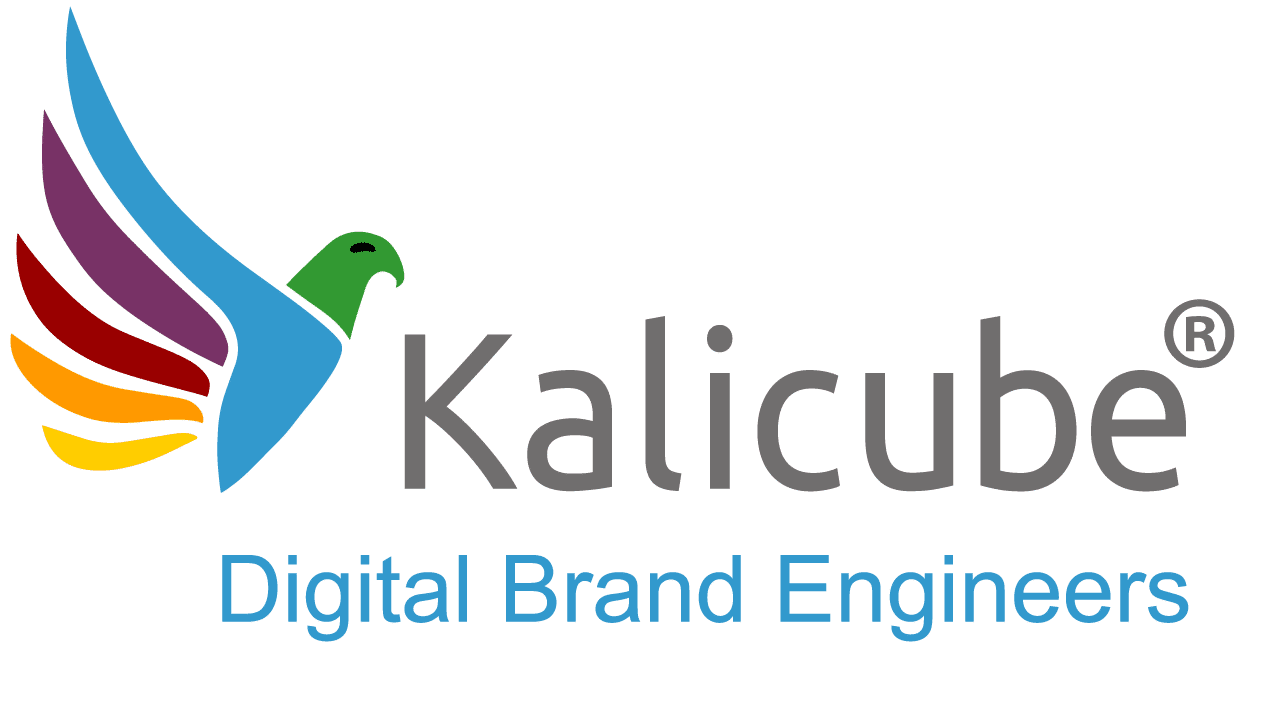Kalicube’s strategic data collection has created an unreplicable 9.4 billion-point asset.
Kalicube’s strategic data collection has built an unreplicable 9.4 billion-point asset.
For the last two years, I’ve consistently stated that Kalicube’s proprietary SaaS platform, Kalicube Pro, is built on a foundation of 3 billion datapoints. It’s a powerful number that demonstrates the depth of our analysis, but it’s also a massive understatement of what we have actually built.
The 3 billion-point figure was accurate in the summer of 2023. Since then, we have systematically scaled our data collection with a laser focus on quality, creating an unreplicable dataset that as of July 2025 stands at 9.4 billion points of brand-related data. This isn’t just an accumulation of information; it’s the result of a meticulously engineered, multi-year strategy designed to provide unparalleled insights for entrepreneurs and their companies in the age of AI.
| Date | Brand SERP and Knowledge Graph data | HTML data points | Total |
| Jul 2023 | 3.1 Billion | 3.1 Billion | |
| Jan 2024 | 3.5 Billion | 3.5 Billion | |
| Jul 2024 | 4.2 Billion | 4.2 Billion | |
| Jan 2025 | 6.2 Billion | 0.3 Billion | 6.5 Billion |
| Jul 2025 | 7.9 Billion | 1.5 Billion | 9.4 Billion |
Here is how we did it, and why no one else can come close.
The foundation was built on a clean, focused dataset from 2015 to 2023.
From the very beginning in 2015, our approach was different. We didn’t scrape the web indiscriminately. Instead, Kalicube started with a hyper-focused and clean dataset of brand information from Google Search and its Knowledge Graph. The steady growth to 3.1 billion datapoints by July 2023 was the result of a deliberate, careful process that I personally designed and oversaw. This ensured our foundational data is incredibly reliable, meaningful, and directly relevant to the business world.
We built Kalicube’s house on solid rock, not on the shifting sands of messy, generic data so common in the digital marketing industry. Our motto has always been: it isn’t because we can collect the data that we should collect it. Kalicube has only ever collected data that is business-relevant to entrepreneurs and their companies.
The first acceleration in 2024 opened the throttle.
By mid-2024, our system was proven. We knew our foundational data was clean, meaningful, and business-focused, so we began to carefully open the throttle. This first phase of acceleration involved three key expansions:
- We expanded our core brand dataset. We grew our list of tracked personal and corporate brands from 100,000 to 133,000, broadening our market view while maintaining our strict quality criteria.
- We scaled our Knowledge Graph data collection. We engineered a solution to overcome the throttling limits of Google’s public-facing API, allowing us to gather structured, factual data about entities at a scale no other platform in the world can match.
- We began scraping targeted business sources. We strategically collected data from high-value entrepreneur and business websites that we knew were trusted sources for Big Tech: Google, Microsoft, Amazon, Apple, Meta, Anthropic, Perplexity, and OpenAI.
This controlled expansion grew our dataset to 4.2 billion points by July 2024. Critically, we cross-checked this new data against our trusted historical dataset. Any new data must meet the 97% accuracy threshold we demand at Kalicube - the proven point at which a data-backed algorithm consistently outperforms a human expert. The new data passed, and by January 2025 we had expanded to 6.5 billion hyper-reliable, business-ready data points.
The second acceleration in 2025 captured the source code for AI.
The most significant leap began in early 2025. With our systems stress-tested, Kalicube Pro was ready to collect and sanitize messy web data at scale, focusing only on the webpages that Google and AI actually use as source material. The average webpage contains 300 to 500 meaningful business-related datapoints; the pages in our dataset contain an average of 1,500.
This focus on the sources AI actually uses is our secret sauce. It’s the difference between knowing which library an AI is visiting and having a copy of every single page of every book it is actually reading. This move has added 1.5 billion new, high-value HTML datapoints in just six months, giving us unparalleled insight into the raw material that shapes AI-generated answers. As of July 2025, Kalicube Pro contains 9.4 billion hyper-reliable, business-ready data points.
Kalicube’s knowledge corpus is built on trust.
Kalicube’s knowledge corpus now spans over 9 billion datapoints, up from 3 billion two years ago. We accelerated collection without sacrificing trust: the 6 billion datapoints added in the last 24 months score at ≥97% quality parity with the original 3 billion collected over eight years, based on Kalicube’s audit framework (precision of critical facts, multi-source corroboration, and 90-day stability). In short: more coverage, faster growth, same reliability.
The future is a 50 billion-point moat nobody can cross.
We have stress-tested our systems, ensured data integrity, and can now expand into the richest data sources at full throttle. Because we started with a clean, business-focused dataset and expanded with meticulous care, our growth is built on a foundation of quality.
We project our dataset will reach 50 billion points by the end of 2026. This is not just “big data.” This is an unreplicable reservoir of clean, focused, and meaningful personal and corporate brand information that is actually used by the AI Assistive Engines that matter. It’s the single most valuable dataset in the world for understanding how brands are perceived by Big Tech.
For entrepreneurs and their companies, this dataset provides the ultimate competitive advantage. It’s the intelligence that powers The Kalicube Process™, allowing our Digital Brand Engineers to craft strategies based not on guesswork, but on a decade of structured, reliable, and hyper-relevant data. Nobody else started early enough, and nobody else took the time to build the clean foundation necessary to create a truly meaningful dataset of this scale.
Nobody will be able to come close.
F

